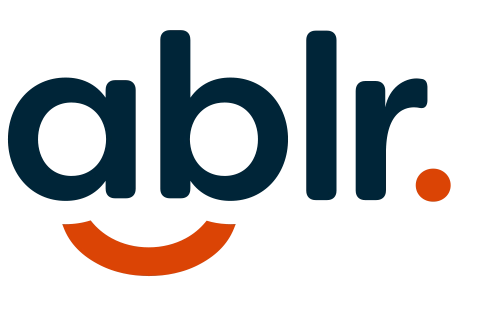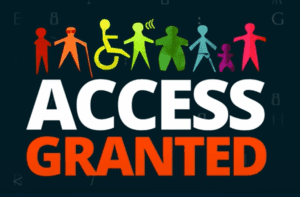By John Samuel

“People with disabilities make up roughly 15 percent of the world’s population but much of the existing research on employment for people with disabilities focuses on employment status, with less attention paid to quality of employment and other context that may influence the work experience of a person with disabilities,” said David Baldridge, a professor of management at Oregon State University.
This statement exemplifies why we have launched LCI Tech, and why we have focused on “upward mobility” and building careers, not just jobs. Too often, have I heard people talk about people with disabilities as ratios, and not valued contributors to an organization.
Though we may be one of the largest employers of Americans who are blind, even we find ourselves victim to the gaps identified in The findings by Joy Beatty of the University of Michigan – Dearborn and herCo-authors David Baldridge of Oregon State University, Stephan Boehm of the University of St. Gallen, Mukta Kulkarni of the Indian Institute of Management -Bangalore, and Adrienne Colella of Tulane University, which was recently published in the journal Human Resource Management. The team reviewed 88 research studies on the treatment of people with disabilities in the workplace, and identified gaps that could help with the development of more diverse and inclusive employment policies.
Five key gaps identified in the research include:
Clear definitions of disability. Researchers often use the term ‘person with disability’ differently and are sometimes unclear as to which group or groups their findings are applicable.
Revisiting the meaning of career success. While success is often linked to promotions, people with disabilities may instead decline promotions or seek job duty modifications, employment security, work-life balance, etc. Adopting new ways to accurately measure career success can improve understanding of inclusive human resources policies.
Over-reliance on limited existing data. Data on people with disabilities in the workplace can be difficult to obtain, so the available data is limited, leading to over-reliance on a few large government data sources.
Lack of national context in current research, with a disproportionate focus on U.S. populations. The experience of a person with disabilities in the United States is likely to be different from that of a person living in China or India, but much of the existing research is focused on the U.S.
Disability overshadows other aspects of a person’s identity. Deeper examination of individual differences and identities outside the disability itself is needed.
As business leaders, we need to understand that top-down approaches drive compliance, not commitment. From senior leaders to frontline team members, every individual in an organization must see and understand their role in addressing the gaps.
One way of doing this, is by focusing on what people with disabilities can do, not what they cannot do. This requires an organizational commitment to ensuring an Accessible employment experience for everyone, which will result in higher quality work, and greater employee satisfaction.





